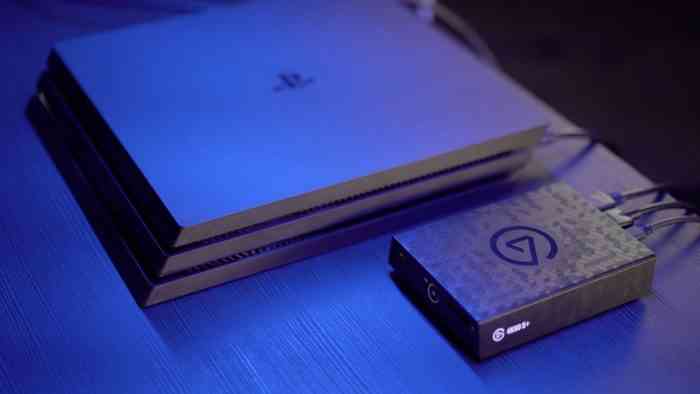Elgato 4K 60S+ Review
As someone who frequently makes videos for COGconnected, I am at the whim and mercy of the capture card industry. Normally an aspiring content creator is inundated with options for every step of their journey, but capture cards are an odd exception to the rule. If you want to save video of your gameplay, there are a pile of products out there for you! If you want that video to look good, your choices are suddenly limited. And if you want to capture 4K video, then welcome to my review of the only option on the market! That is, if you’re a Windows user who wants to spend less than $1400.

All of this is essential context when considering the 4K 60S+. If my assessment of the hardware feels either overly cruel or oddly forgiving, it’s because of these curious circumstances. In a way, this is a resounding endorsement of Elgato’s products. Yes, there are other options on the table. But when comparing them to the Elgato’s output, it feels pointless to even acknowledge them. Perhaps the future will bring a more robust assortment of 4K capture devices that won’t tear your credit card in half. But until then, we have the 4K 60S+. And you know what? It’s a rock solid capture card.
Footage Crisp Enough To Cut You
Some more essential context: there is an alternative Elgato 4K card on the market, one that costs significantly less than this one. But it plugs directly into your PC, like a graphics card would. This means that the processing burden is laid on your desktop, and also that burden is enormous. The 4K 60S+ shoulders all of that for you. Furthermore, you don’t even need a PC to capture footage with this card. All you need is a way to collect that footage from an SD card. So how well does the 4K 60S+ do the job in question?
I initially had some problems collecting footage, with clips disappearing as soon as I stopped recording. Thankfully this problem cleared itself up after a short while, but it was still a noticeable road bump. I also had some troubles with the Elgato capture software, which required a temporary switch to OBS. Like the first issue, this one smoothed itself out after an unknown variable was altered. Worst of all was capturing footage from my PS5. This required (and still does!) a long, strange series of cables being plugged in, unplugged, and switched around. Finally I had things set up perfectly, and I was able to start capturing crystal clear video.
Elbow Deep In The Menus
Sorry, what I actually captured the first few times was a blurry, stuttering mess. Unlike previous generations of capture software, 4K requires a lot of manual fiddling around in the back end. Bit rates, frame rates, audio channels, and preview windows all need to be manually altered. On the other hand, you can just record straight to an SD card. But you will need a gigantic card indeed if you want to snag more than an hour’s worth of footage at a time. Without a massive SD card in hand, I was forced to wade through the muck until I could produce some decent video footage. Which I was able to, in the end.
That’s the last word on this maddening slog, by the way. If you’ve got a beefy enough rig, a 4K source, and just the right settings, the video you put out will be utterly gorgeous. That’s why it seems like there’s nothing else on the market for Windows users. The competition’s efforts can’t hold a candle to this monstrous rig from Elgato. Thus, if you’re shopping around for a capture card, you’ll almost certainly end up here. What I’m telling you, as someone who owns one of these premium-priced models, is that you’ve come to the right place.
The Good
- Footage comes out amazing
- No PC needed for grabbing footage
- Compatible with third-party software
The Bad
- Price point feels pretty high
- Doesn’t play well with the PS5
- Finding the right settings can be perilous

